Hawaii Peaker-Plus-Storage Plant Sets Record
The world's largest operational solar and storage system boosts Kauai's renewable energy supply to 50 percent.
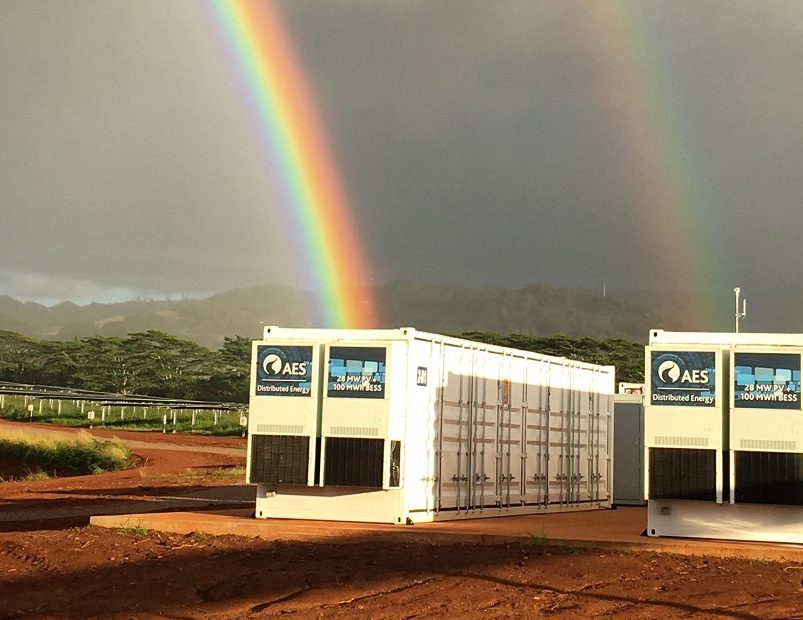
The Lawa’i Solar and Energy Storage Project, Kauai(Photo courtesy of Kaua’i Island Utility Cooperative)
If Hawaii is to meet its stated objective of reaching 100 percent renewable energy in just 26 years, milestones must be met en route. One marker was reached in January, when the world’s largest solar-plus-storage peaker plant came online in Lawa’i, Kauai in the 50th state.
The plant, formally termed the Lawa’i Solar and Energy Storage Project, is owned and operated by Boulder, Colo.-based AES Distributed Energy. AES partnered with Kauai Island Utility Cooperative, a member-owned cooperative serving 33,000 customer accounts on the island of Kauai, in the venture.
The facility consists of a 28-megawatt solar photovoltaic facility and a 100 megawatt-hour, five-hour duration energy storage system. The new peaker will provide approximately 11 percent of Kauai’s power, bringing the portion of the island’s energy supplied by renewable sources to more than 50 percent.
“We believe this project is the largest solar-plus-storage facility in the world at the present time,” said David Bissell, KIUC’s president & CEO. When operating at full capacity and coupled with the Tesla solar-plus-storage facility, it will allow KIUC to meet 40 percent of its evening peak needs with solar energy, he added.
According to AES, the Lawa’i project will eliminate the use of 3.7 million gallons of diesel fuel each year, and at the same time support several vital power distribution scenarios. It allows for solar generation to supply the grid while charging the battery system. It dispatches power stored in the battery system to the grid during peak demand periods. And it can dispatch solar and battery power simultaneously to respond to demand spikes, in addition to supporting the grid by providing ancillary services.
KIUC’s renewable portfolio has grown from eight percent in 2010 to more than 50 percent. Over that period, there has been a corresponding 15 million gallon annual reduction in reliance on fossil fuel.
Formula for Success
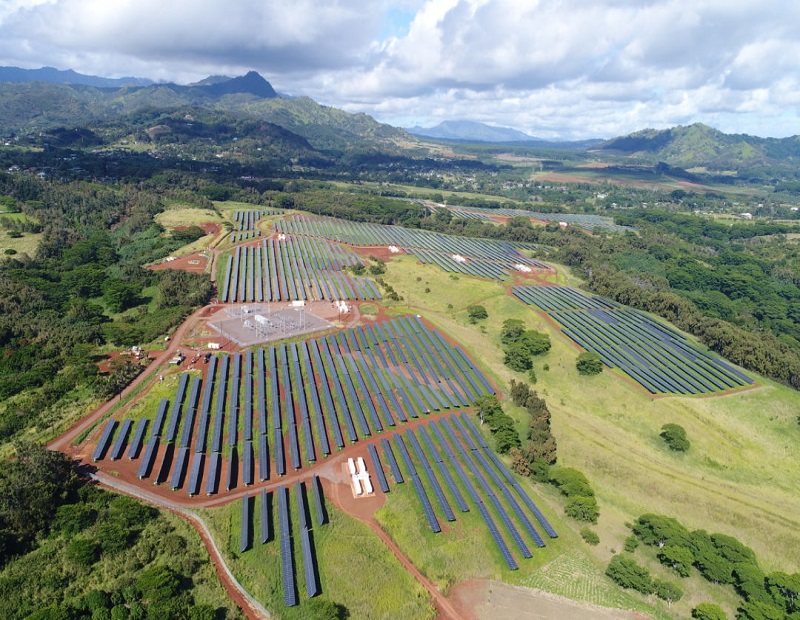
Aerial view of the Lawa’i Solar and Energy Storage Project (Photo courtesy of Kaua’i Island Utility Cooperative)
“There are a number of elements that have to happen to make these projects feasible,” Bissell said. “You need a willing landowner, state and federal tax incentives and an industry partner – e.g. AES – willing to take risk on doing something on a scale that’s never been done before.
“Luckily, on Kauai, we have an abundance of agricultural lands that are not currently in productive use, and landowners who are interested in partnering on a successful renewable energy project. AES was an incredible partner [that] made the project happen at a price that makes sense for our member owners.”
As for the fallow agricultural lands Bissell referred to, the Lawa’i Solar and Energy Storage Project is situated on the former sugar fields owned by Alexander and Baldwin (A&B) on Kauai’s south shore.
KIUC’s ownership structure as a cooperative further aided the project, Bissell added. Its locally elected board of directors has set aggressive renewable generation goals. “KIUC is also fortunate to have extremely capable staff who have worked creatively with these partners to successfully execute on these innovative projects,” he added.
State and federal incentives played a role in the project’s feasibility, Bissell said. They led to a PPA price of 11 cents per kWh. “This price is well below the current cost of diesel and will place a downward pressure on rates over time,” he noted.
In the pipeline
KIUC, AES DE and the Department of Defense are also partnering on a solar-plus-storage project slated for groundbreaking in the near future on land occupied by the Pacific Missile Range Facility (PMRF) in Kekaha, in the far western portion of Kauai. This facility will team a 19.3 MW solar array in conjunction with a 70-megawatt hour battery energy storage system.
“We expect the PMRF project to be on line by the end of this year, and that will bring us well over 60 percent renewable,” Bissell said. “Our strategic goal is 70 percent renewable by 2030; we’ll be substantially there a full 10 years early.” Hawaiian Electric Industries recently released plans for several plants similar to the Lawa’i Solar and Energy Storage Project on other Hawaiian islands. KIUC has also learned of similar projects being pursued in California, Bissell said.
Meanwhile, Bissell is looking beyond the milestone reached on Jan. 8. “We’ve passed the 50-yard line and the end zone is in sight,” he said.

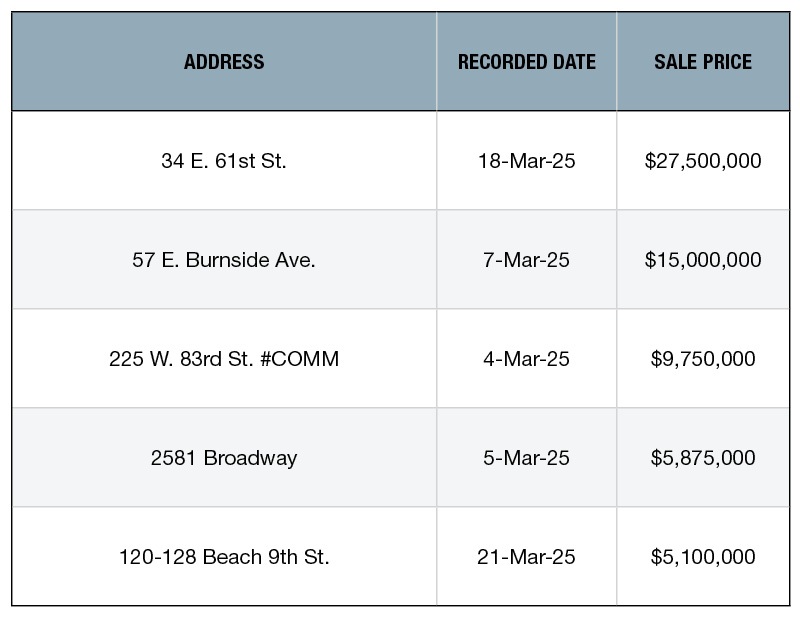

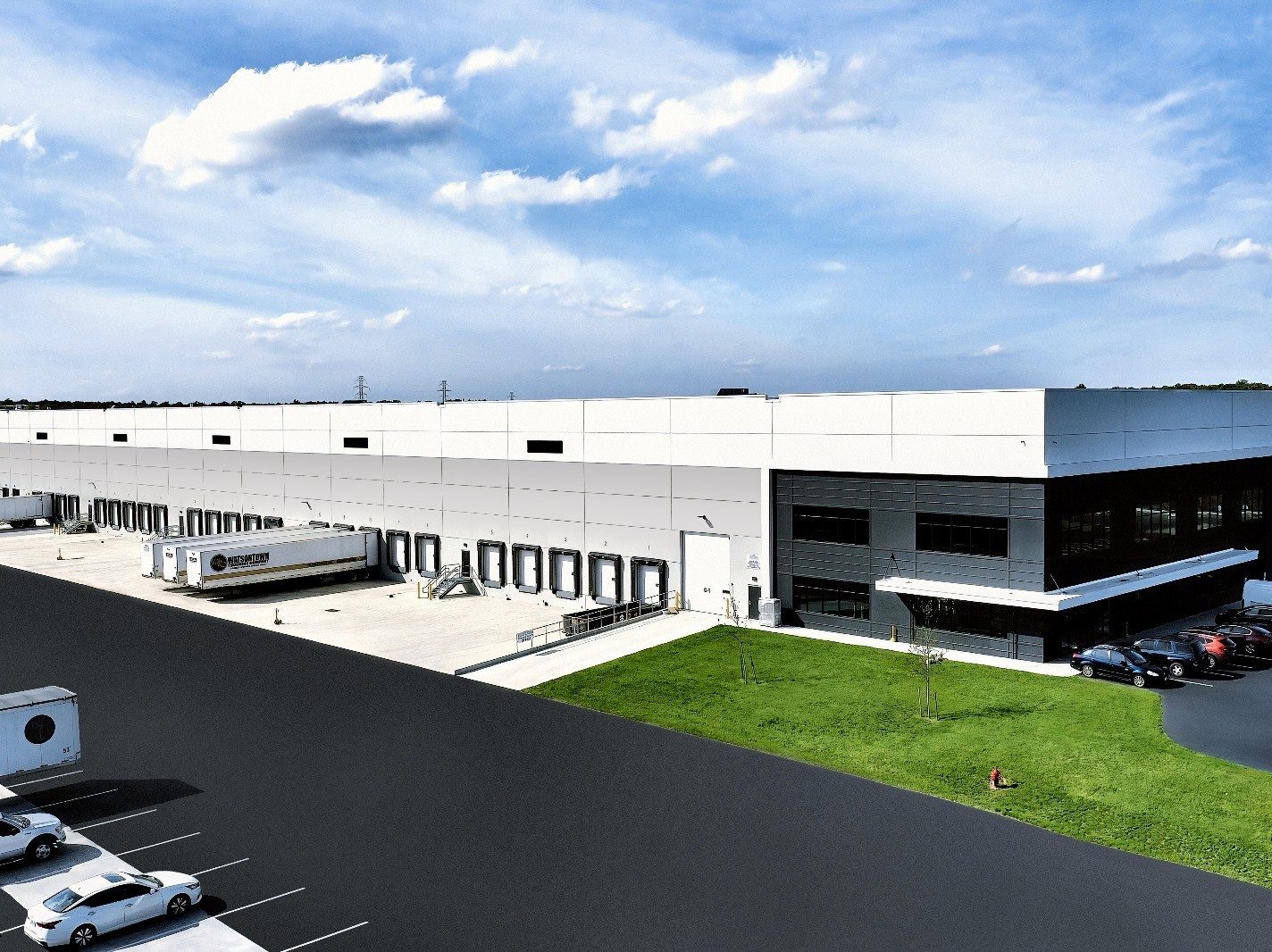
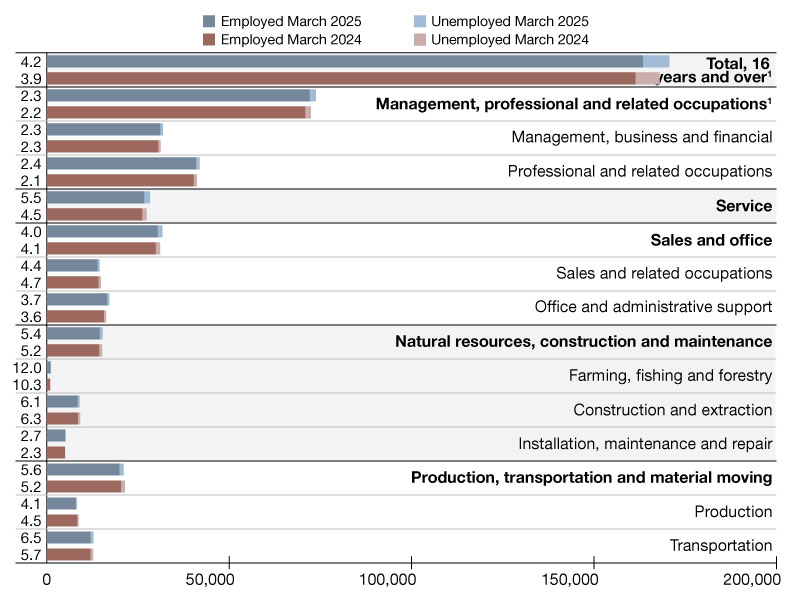
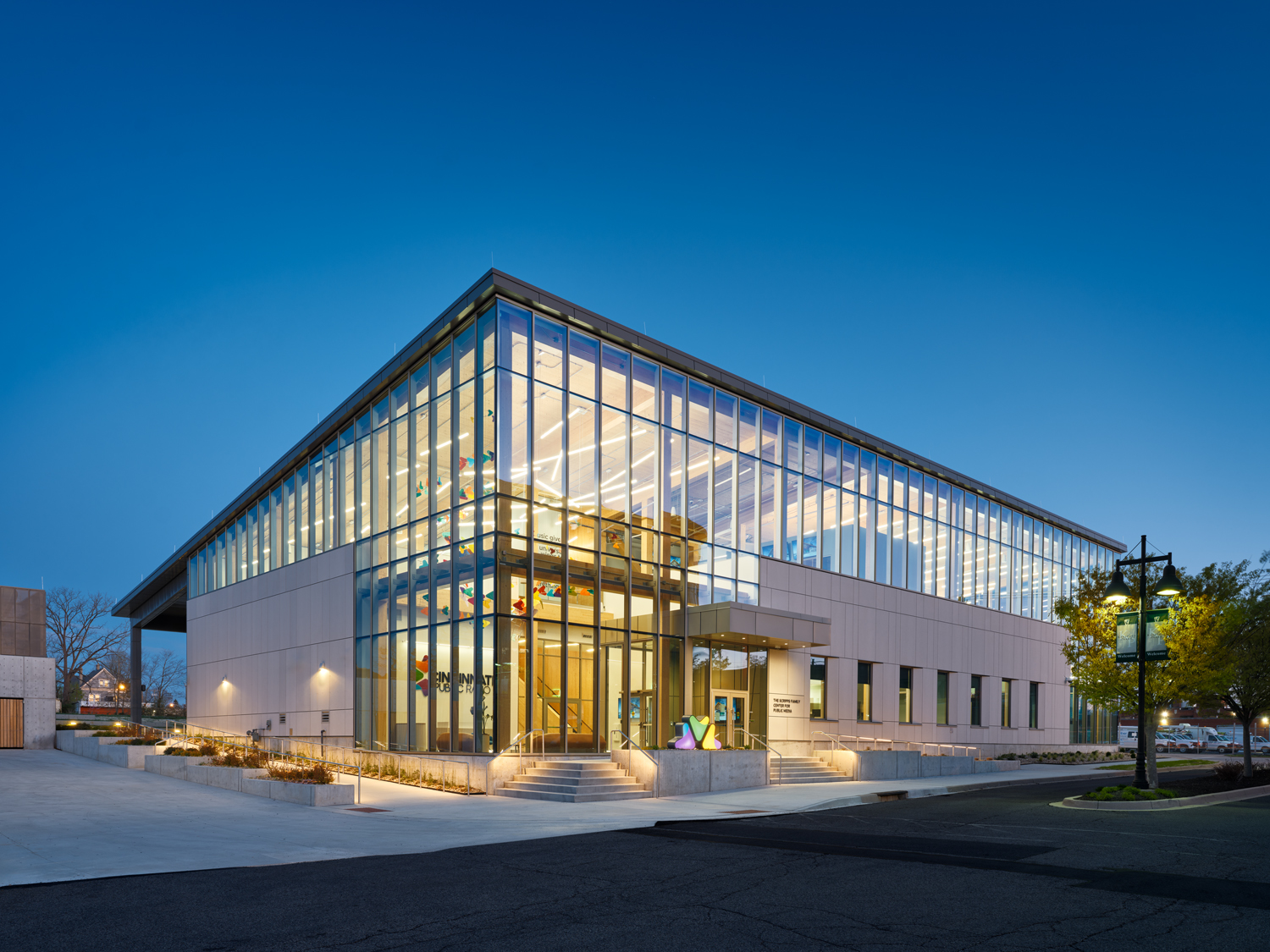
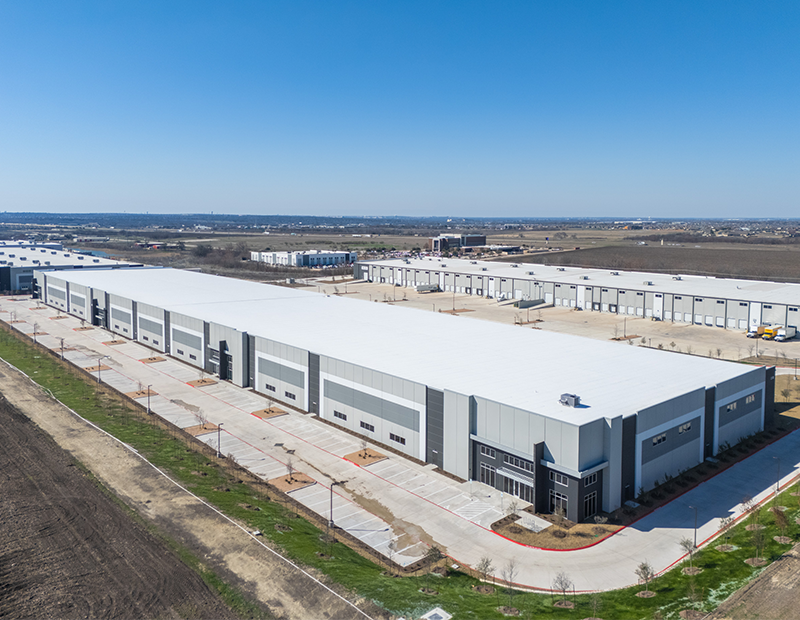
You must be logged in to post a comment.